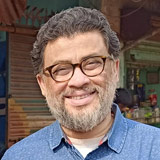Reimagining Tagore: Non-Bengali Singers and Rabindrasangeet – GetBengal story
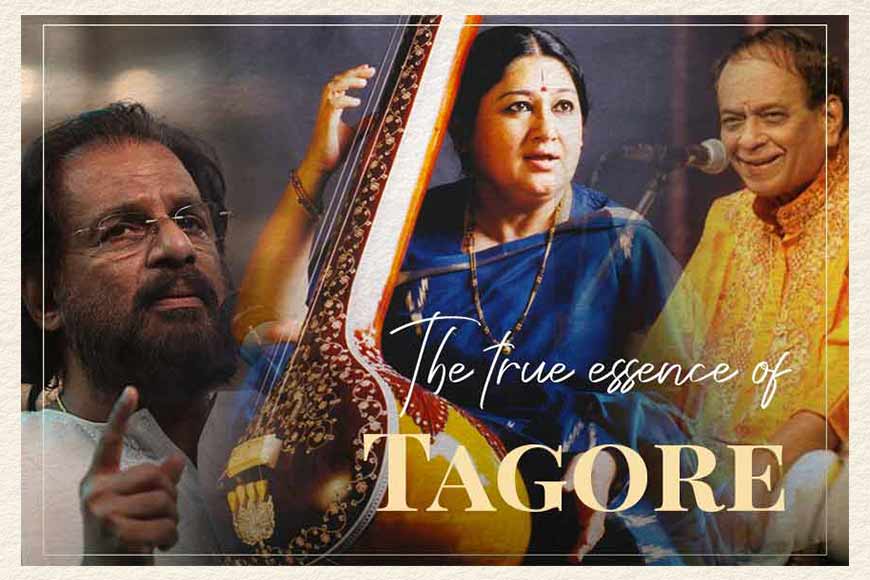
Picture this: the late Dr M. Balamuralikrishna, one of the greatest exponents of Carnatic music in history, in front of a microphone in a Kolkata studio, rendering his version of Anandaloke Mangalaloke and Aguner Parashmani. The entire studio listening mesmerised, even jaded music arrangers and sound engineers on the verge of tears, thanks to the sheer perfection of his singing, hitting every note like a knife, and infusing every word with its proper meaning. Needless to add, I myself was entranced. The sheer privilege of being present on the occasion was unbelievable.
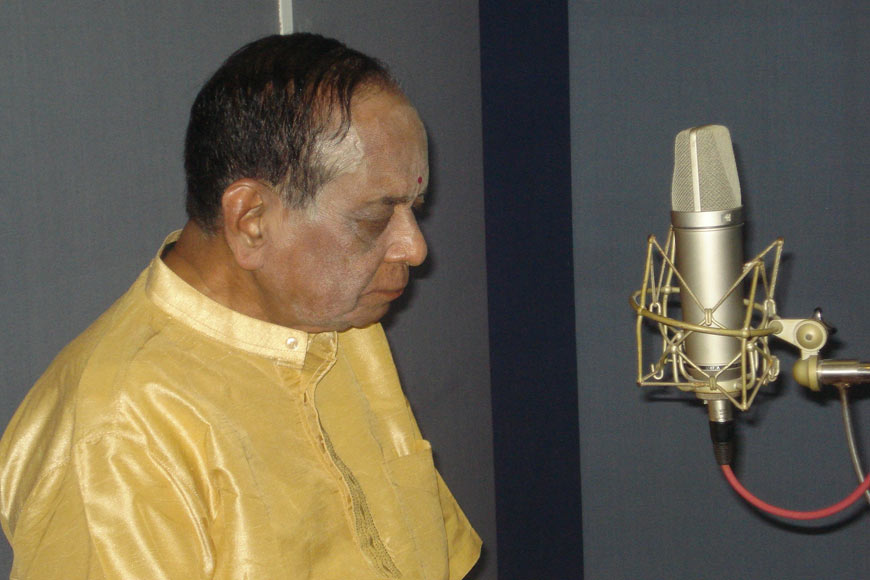 Dr M. Balamuralikrishna at our Kolkata studio
Dr M. Balamuralikrishna at our Kolkata studio
Anandaloke Mangalaloke - Dr M. Balamuralikrishna
This was 2004, and I was putting together an album of Tagore songs titled ‘Ananda Dhara’ for a well-known corporate client, featuring acclaimed vocalists. Proceeds from the album would go to Santiniketan Shishu Tirtha, a home for children, and it was to include vocalists from both Bangladesh and India, among them the late Manna Dey, Indranil Sen, Aditi Mohsin, Sanjida Khatun, Laisa Ahmed Lisa, and Iffat Ara Dewan.
The two other singers I had in mind were K.J. Yesudas and Shubha Mudgal, and for all three, this would be their very first time singing Tagore songs.
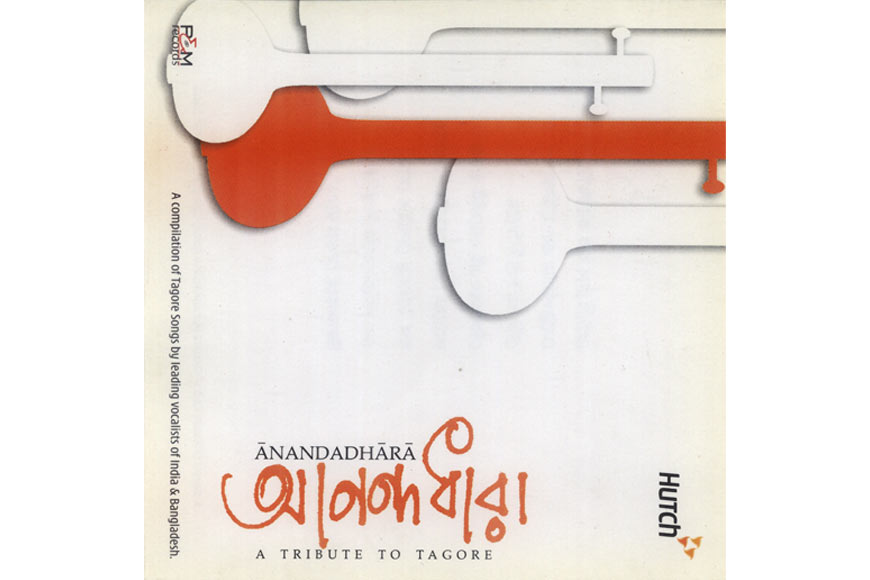
I wanted to include a few out-of-the-box names alongside the renowned Rabindra Sangeet exponents, and Manna Dey, whose affection and love I was blessed enough to receive, had connected me to Dr Balamuralikrishna. The two other singers I had in mind were K.J. Yesudas and Shubha Mudgal, and for all three, this would be their very first time singing Tagore songs.
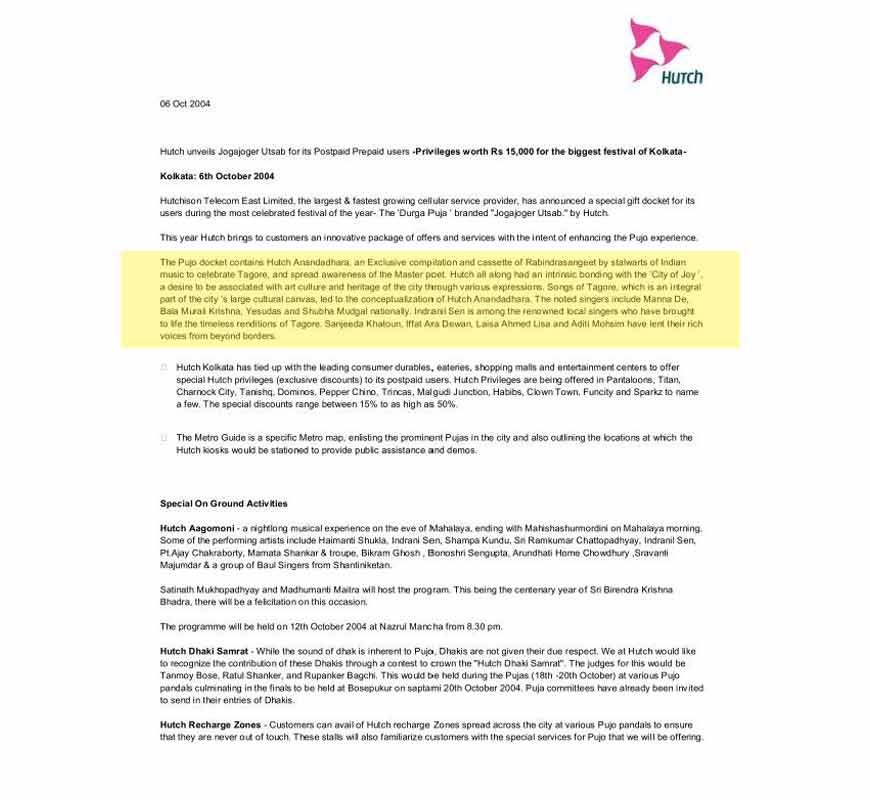
Every time I hear so called purists criticise the diction or delivery of a ‘non-Bengali’ artiste singing Rabindra Sangeet, or question whether such artistes should sing Rabindra Sangeet at all, I smile to myself.
Accordingly, I recorded ‘Aji Joto Tara Tobo Akashe’ for Yesudas, ‘Anandaloke Mangalaloke’ and ‘Aguner Parashmani’ for Dr Balamuralikrishna, and ‘Pran Bhoriye Trisha Horiye’ for Shubha Mudgal in my own voice and sent the tracks off. While Dr Balamuralikrishna and Shubhaji were to record in Kolkata, Yesudas would record in Chennai.
Aguner Parashmoni - Dr M. Balamuralikrishna
There are too many memories associated with the project to encapsulate in one article, but I will say this: every time I hear so called purists criticise the diction or delivery of a ‘non-Bengali’ artiste singing Rabindra Sangeet, or question whether such artistes should sing Rabindra Sangeet at all, I smile to myself. I smile because I feel sorry for these people, who remain mired in triviality and miss the universal essence and the immeasurable depth of Tagore in an effort to focus on the literal aspects of his lyrics.
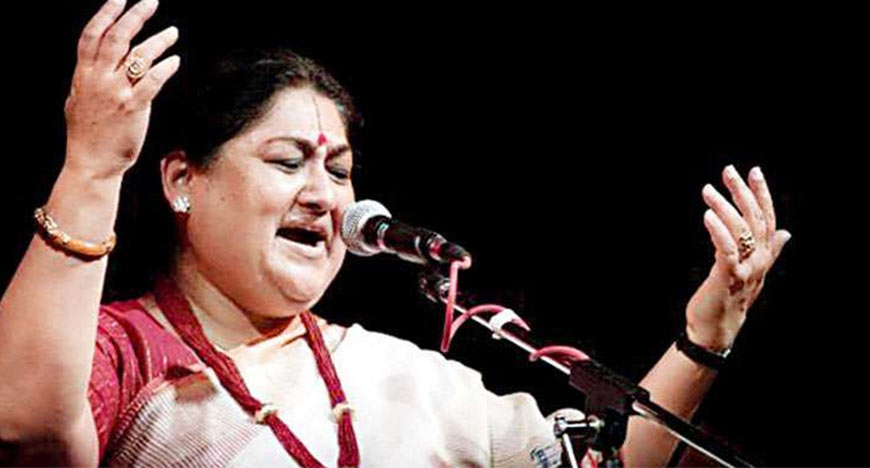 Shubha Mudgal
Shubha Mudgal
Prano Bhariye Trisha Horiye - Shubha Mudgal
In her powerful yet melodious voice, the song almost comes across as a demand, an insistent, forceful prayer.
For example, I will always think of Shubhaji’s rendition of Pran Bhoriye as a revelation. Not for her the ultra sweet, meek approach that most vocalists seem to adopt when singing this song. In her powerful yet melodious voice, the song almost comes across as a demand, an insistent, forceful prayer. Before I heard her sing it, I had never considered the song in this light. And this was the same singer who, when I picked her up from the hotel just hours ago, had cracked a racy joke on spotting a billboard advertisement for a film featuring the half-bare torso of a well-known musician! As she finished recording, she repeatedly asked me if everything was in order, and offered to re-record any portion I felt needed it.
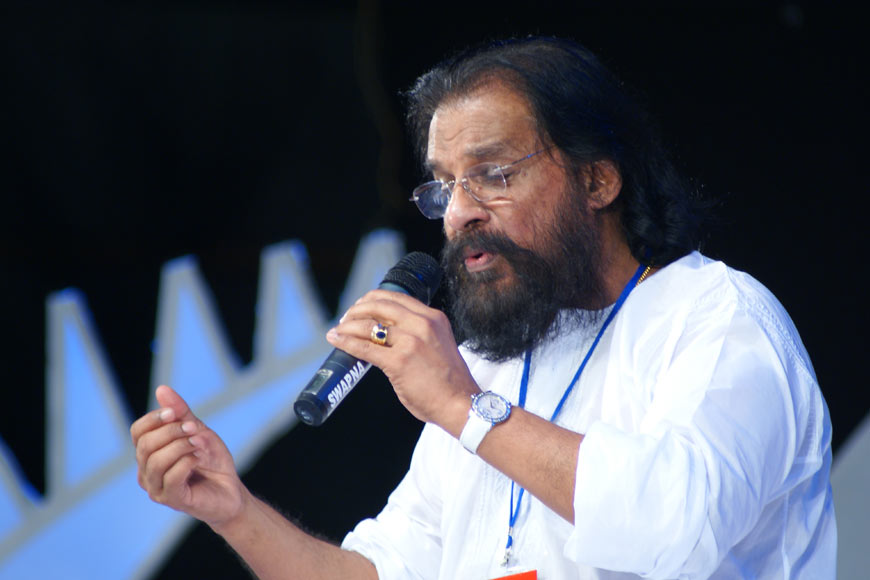 K.J. Yesudas
K.J. Yesudas
Aaji Jato Tara Tabo Akashe - K.J. Yesudas
For Yesudas, I was making a day trip to Chennai. Sitting in the studio, as one hour stretched to two and then three, I was constantly being told that he would arrive. Eventually, I learned that a domestic situation would prevent him from recording that day. His people apologised profusely, and arranged accommodation for me nearby, assuring me that he would record the next day. And he did.
Walking into the studio, dressed all in white as usual, he first apologised to me, and then went into rehearsal. Three or four times was all it took him, and he once again asked me to explain the meaning of the song. I remember him being particularly interested in the word ‘banshori’ (flute), and I found out why later. It took him just two takes to get the song perfectly right, and if you listen to the song today, you will realise that the way he sings ‘banshori’ sounds exactly like a flute in your ear. Post-recording, as we sat down to eat, he expressed a wish to sing more Tagore songs.
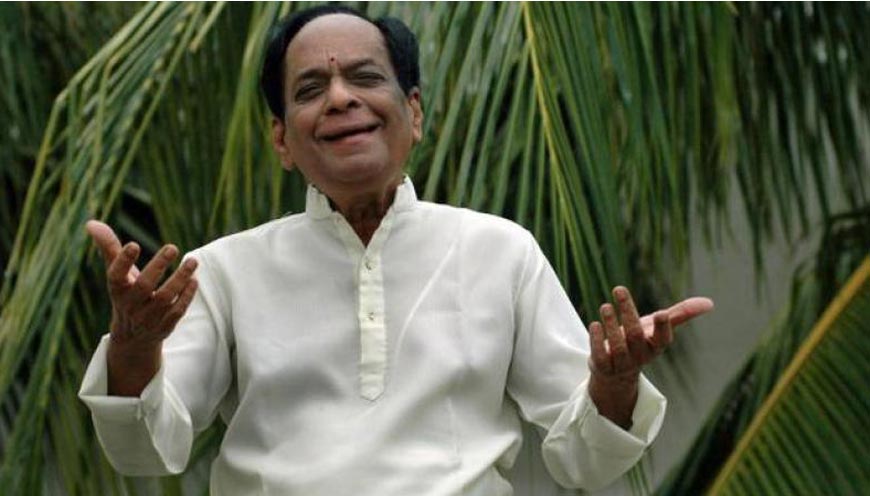 Dr M. Balamuralikrishna
Dr M. Balamuralikrishna
As for Dr Balamurali, what can I say? But I would be remiss if I didn’t mention that when he came to Kolkata, he wouldn’t hear of staying in an expensive hotel. Considering his legendary stature, I found his humility astounding. In the end, he checked into a very humble hotel near Uttam Mancha, after assuring me that “anywhere will do”. Once he came in for his recording, he did something strange. He asked for a stool, sat cross-legged on it, and proceeded to deliver one of the most perfect recording sessions it has been my privilege to attend. I remember playing back the songs to Manna babu, and as he listened with his eyes closed, I could see a glistening teardrop form in the corner of his eye. In later years, I developed a close bond with the maestro. He even stayed in our house in Kolkata, and I visited his home in Chennai.
In the end, he checked into a very humble hotel near Uttam Mancha, after assuring me that “anywhere will do”.
None of these three globally acclaimed artistes charged me a single paisa for their time and effort. Instead, they chose to demonstrate their deep love and respect for Rabindranath Tagore using the platform that I was offering. In the face of such humility and dedication, of what consequence are diction, pronunciation, and so called ‘faithful reproduction’?
On this World Music Day, I can think of no greater tribute than the one I was part of, 18 years ago. To me, the renowned artistes I worked with displayed the truly inclusive, all-embracing spirit of Tagore, and that will always remain relevant







